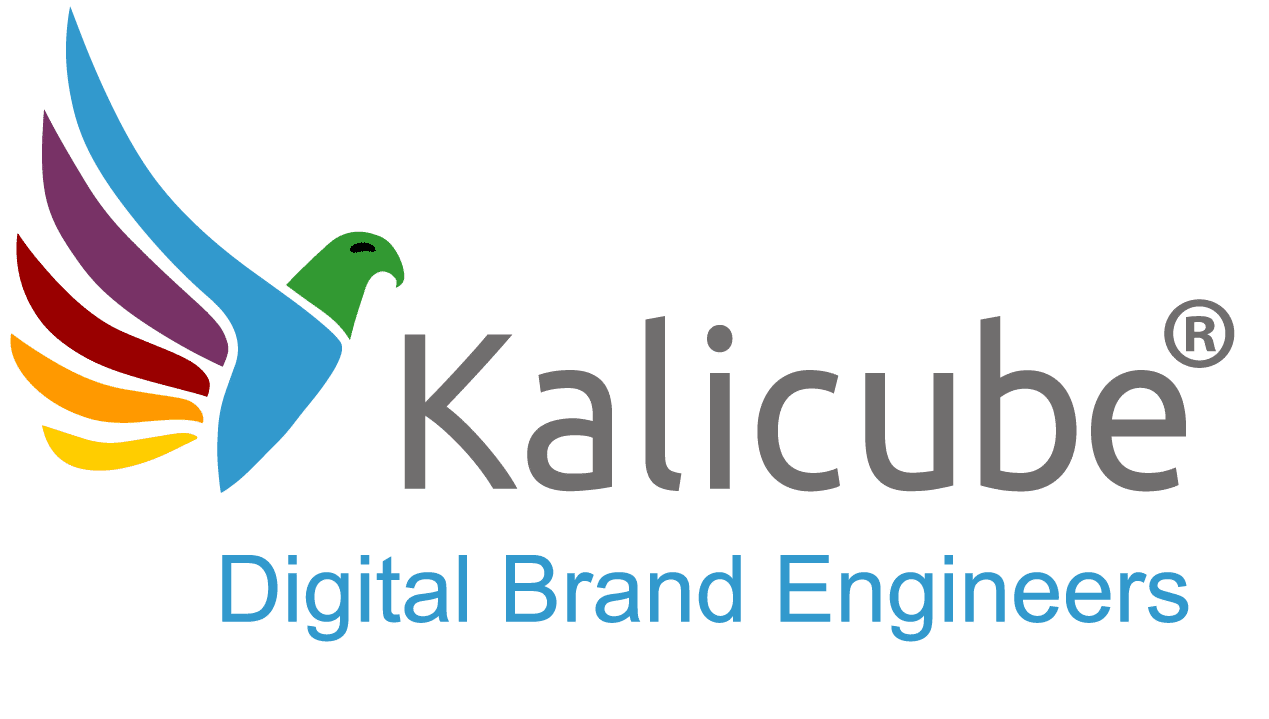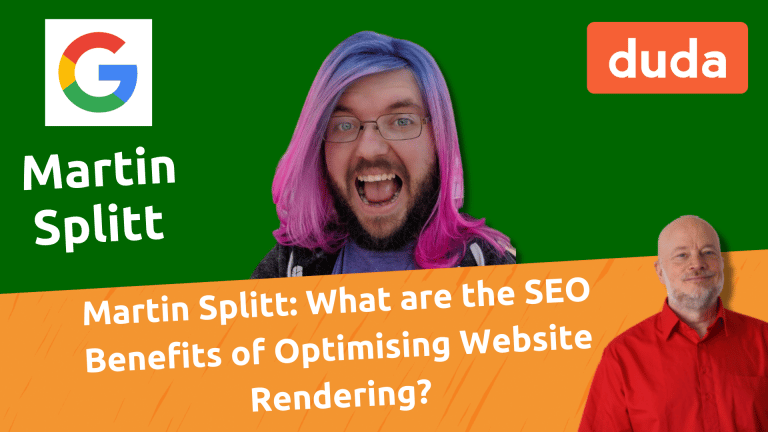Focus Entity in SEO: What You Need To Know

A Focus Entity in SEO or search engine optimization is a specific topic, person, or company the search engines associate with a brand online. Entities are objects, people, places, and concepts that are singular and identifiable.
For example, if a business creates content about a specific product, like a smartphone, the smartphone is the Focus Entity. Albert Einstein is the Focus Entity for content about Albert Einstein.
An entity is a thing or concept characterized by attributes such as singularity, distinctiveness, well-defined properties, and the ability to be easily distinguished. “Apple” is an entity because it possesses these attributes, whereas “fruit” lacks the necessary criteria.
So, how do these attributes relate to the concept of a “Focus Entity”?
Focus entities are integral to creating context within your copywriting and play a crucial role in Google’s understanding of your content, your business, the relationships with other entities and which audience the content is for.
What is a Focus Entity in SEO?
A Focus Entity in SEO is a specific or primary topic or subject that you want your content to be associated with and appear in search engine results. Entities are physical objects, people, places, and concepts that are distinguishable and identifiable.
The Focus Entity for a wedding planner is weddings.
How do Focus Entities Relate to Cornerstone Entities?
The Focus Entity is the central entity from which other related entities, Cornerstone Entities branch out. Cornerstone Entities have close, strong, and long relationships with the Focus Entity, and they play a crucial role in building Google’s understanding of who you are, what you do, and which audience you serve.
Jason Barnard’s Focus Entity is Digital Marketer. Jason Barnard’s Cornerstone Entities are Boowa and Kwala (characters he created), Kalicube® (the company he founded), The Barking Dogs (his music group from the 1990s), “With Jason Barnard” (his podcast), and The Fundamentals of Brand SERPs for Business (his book).

By clearly defining and linking these entities, you help search engines like Google understand the context, relevance, and relationships between the entities associated with your brand.
Pro Tip: Understanding entity attributes and relationships is crucial for digital marketing because it helps search engines index your content accurately, leading to better visibility and higher rankings in search results. When creating content, always keep your Focus Entity in mind and ensure that your Cornerstone Entities are relevant and strongly linked to your Focus Entity.
What is the Significance of Focus Entities?
Focus Entities are significant because they help search engines, like Google, understand your content’s or brand’s context.
When search engines are able to identify the Focus Entity, they are more likely to display your content to users searching for information related to that entity. Entities are a fundamental aspect of search engine optimization (SEO) as entities, and their relationships with other entities are the foundation of the topic layer of the Knowledge Graph.
How to Use Focus Entities in Your SEO Strategy?
To use Focus Entities in your SEO strategy, follow the steps below.
- Create Clear and Compelling Entity Descriptions
Compelling entity descriptions help Google understand your content better and help make it attractive to your target audience.
- Embrace Voice Search and Schema Markup
Voice search is increasingly popular, and optimizing your content for voice queries makes it easier for search engines to recognize your entity. Schema Markup provides a structured way to convey information about your entity, offering search engines a clear blueprint of who you are, what you do, and who your audience is.
- Include Related Entities
Incorporating related entities into your content creation process is another essential strategy. Related entities have close, strong, and long relationships with your Focus Entity. Related entities help create context and depth, and search engines are able to connect your content within a topic area making it more relevant and appealing to people and machines.
For example, if your Focus Entity is Sherlock Holmes, some related entities could be Arthur Conan Doyle (author), John Watson (character), London (setting), and detective fiction (genre).
- Geographical and Temporal Context
Geographical and time-related information is fundamental in creating context.
Situating the topic or subject in a specific location and time frame not only aids in search engine understanding but benefits human readers. Geographical and temporal context helps your audience connect with the content and understand its relevance and uniqueness.
For instance, if your Focus Entity is the Eiffel Tower, mention that it is located in Paris, France, and was built in 1889. Search engines find comprehensive information about an entity in one place, meaning it costs less to offer the best answer to searchers.
- Staying Informed about News Cycles
News cycles are able to temporarily affect Knowledge Panels and entity recognition.
Major news stories covered by highly authoritative media sources temporarily dominate an entity’s search results. The entity corrects itself as the news cycle subsides. Stay informed about events that influence your entity’s dominance in search results so you understand what is happening.
Tips and Tricks for Creating Related Entities for Your Focus Entity
To create related entities for your Focus Entity, you must understand what an entity is and how it relates to your topic. Entities have attributes, such as name, location, date, or color, and they have relationships with other entities, such as part of, synonym of, or spouse of.
To find related entities for your Focus Entity, use the following steps:
- Choose your topic and key phrases associated with the topic. For example, if the topic is “how to make a pizza,” your Focus Entity is “pizza.”
- Look for topics/entities that are related to your chosen keyword. Use tools like Google’s Knowledge Graph, Bing’s Entity Search API, or Wikipedia to find related entities. For example, some related entities for “pizza” could be “cheese,” “tomato sauce,” “dough,” “Italy,” or “Pizza Hut.”
- Create context through your content. Use the related entities to write relevant, informative, and engaging content for your audience. Explain how the related entities are connected to your Focus Entity and why they are important. For example, write about the history of pizza, the different types of cheese and sauce, the best dough recipes, the origin of pizza in Italy, or the popularity of Pizza Hut.
- Update the content. New information, trends, or events emerge, and updating content is essential. Fresh content helps maintain your authority and relevance on your topic. For example, you could add new sections about the latest pizza innovations, the health benefits of pizza, or the best pizza places in your area.
How does Focus Entity Fit into Brand SERP Optimization?
Focus Entities are crucial in Brand SERP Optimization. Focus entities or central entities act as a bridge that connects your content to how search engines understand and categorize it. Focusing on the right topics and optimizing your content makes your website more visible in search results, reaches a wider audience, and achieves your digital marketing goals more effectively.
To maximize focus entities and optimize your brand’s visibility in search results and Knowledge Panels, consider exploring Kalicube®’s specialized services. Our expert team is dedicated to helping you maximize your online potential by strategically using focus entities.
Learn more about how Kalicube can assist you in achieving your digital marketing goals by visiting our services page here.






